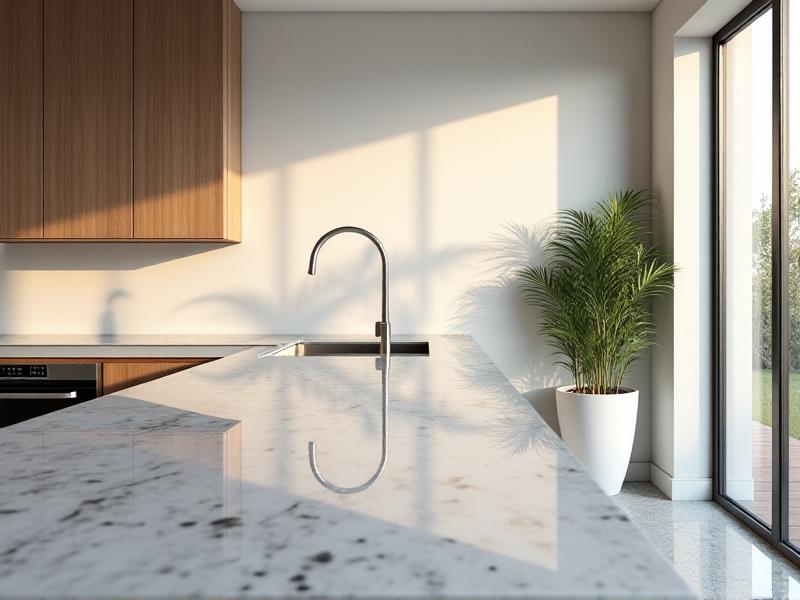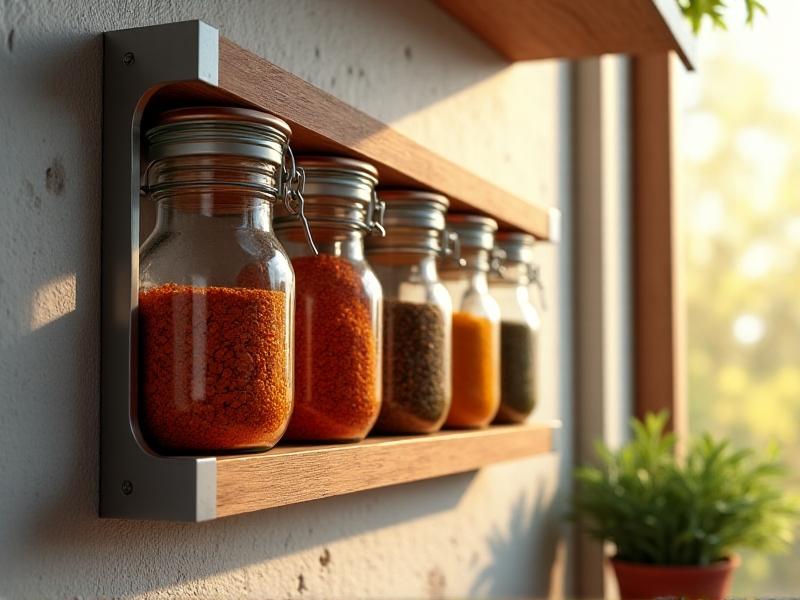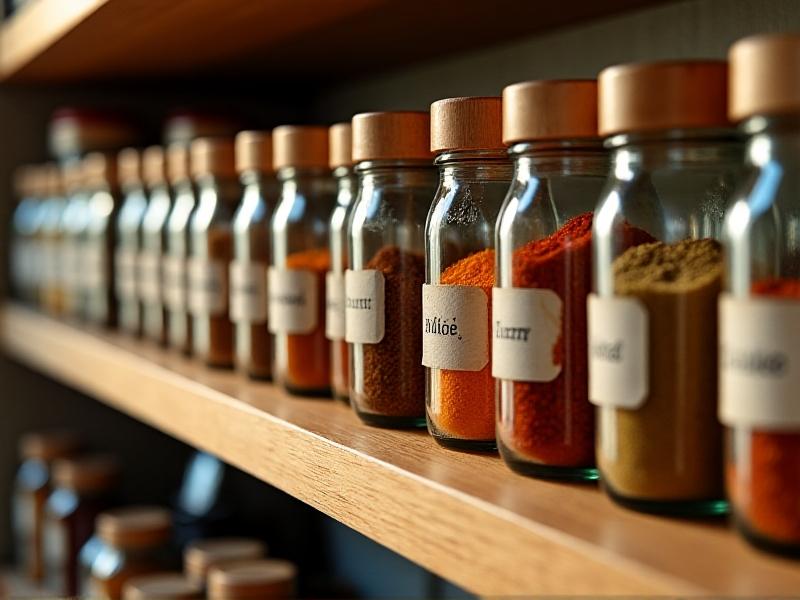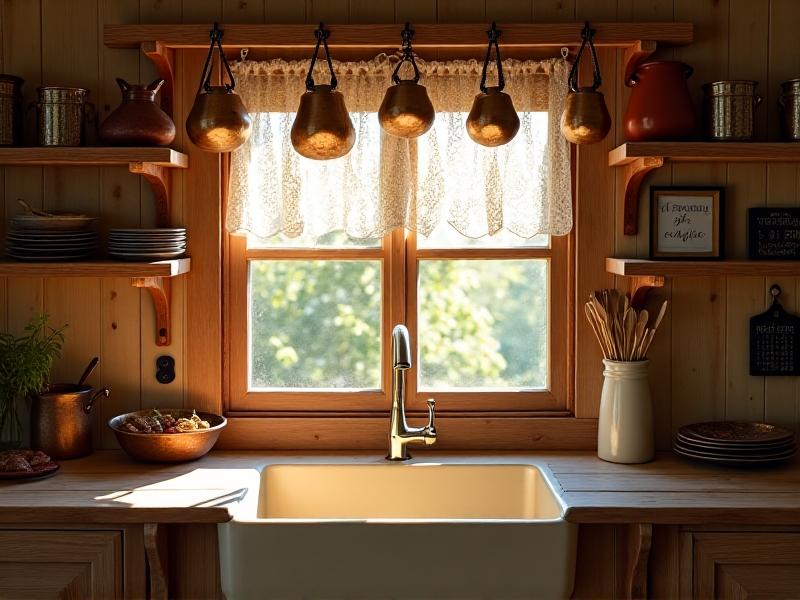Slide-Out Trash Bin Integration
The Rise of Slide-Out Trash Bins in Modern Kitchens
As kitchens evolve into multifunctional spaces, homeowners prioritize efficiency and aesthetics. Slide-out trash bins, once a luxury, are now a staple in contemporary design. These systems blend seamlessly into cabinetry, eliminating the eyesore of standalone bins while maximizing floor space. Their popularity stems from the growing demand for clutter-free, hygienic kitchens. Unlike traditional setups, slide-out models keep waste out of sight and reduce odors, enhancing both functionality and visual appeal. Architects and interior designers increasingly recommend them for custom builds and renovations, reflecting their role in modern ergonomic living.
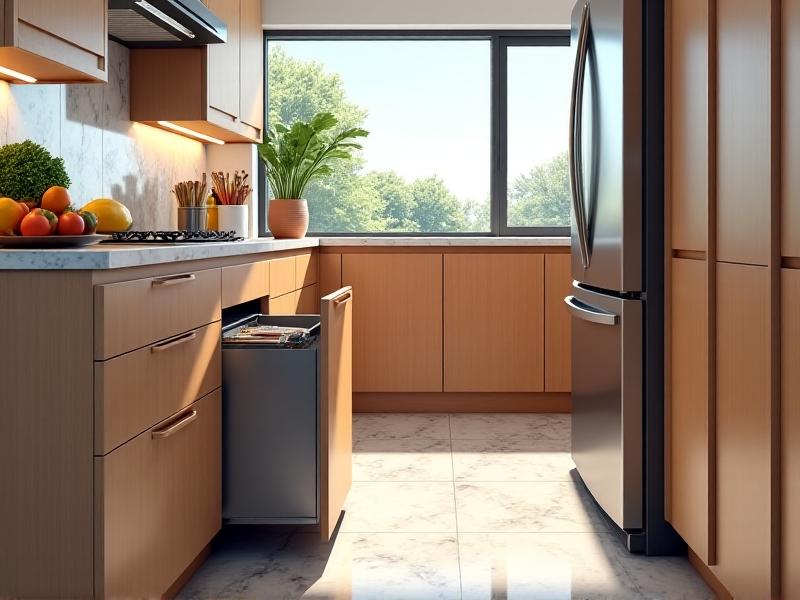
Design Considerations for Seamless Integration
Integrating slide-out trash bins requires careful planning during the kitchen design phase. Cabinet depth, width, and drawer glides must align with the bin’s dimensions to ensure smooth operation. Soft-close mechanisms are essential for noise reduction and longevity. Material choices also matter: stainless steel bins resist corrosion, while customizable front panels allow matching with existing cabinetry finishes. Split compartments for recycling and organic waste cater to eco-conscious households. Designers often position these units near prep areas for convenience, but away from high-traffic zones to avoid interference with workflow.
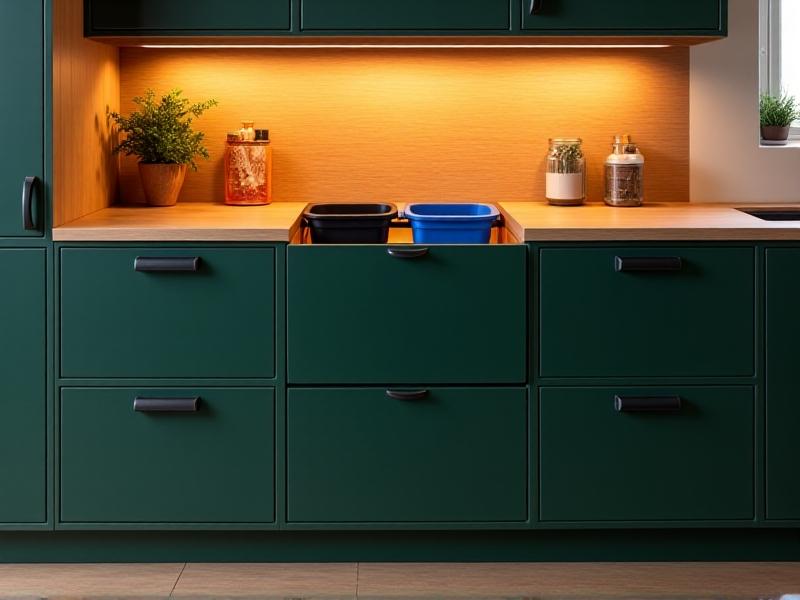
Installation Tips for DIY Enthusiasts
For homeowners tackling renovations, installing a slide-out bin system requires precise measurements and quality hardware. Start by selecting a base cabinet wide enough to accommodate the bin plus clearance space. Heavy-duty drawer slides rated for at least 100 pounds ensure durability under frequent use. Pre-assembled kits simplify installation, but custom builds allow personalized sizing. Use a stud finder to avoid electrical wiring or plumbing behind walls. Pro tip: install a magnetic latch to prevent accidental openings, and line bins with biodegradable bags to simplify cleanup. Always test the sliding mechanism before finalizing cabinetry attachments.
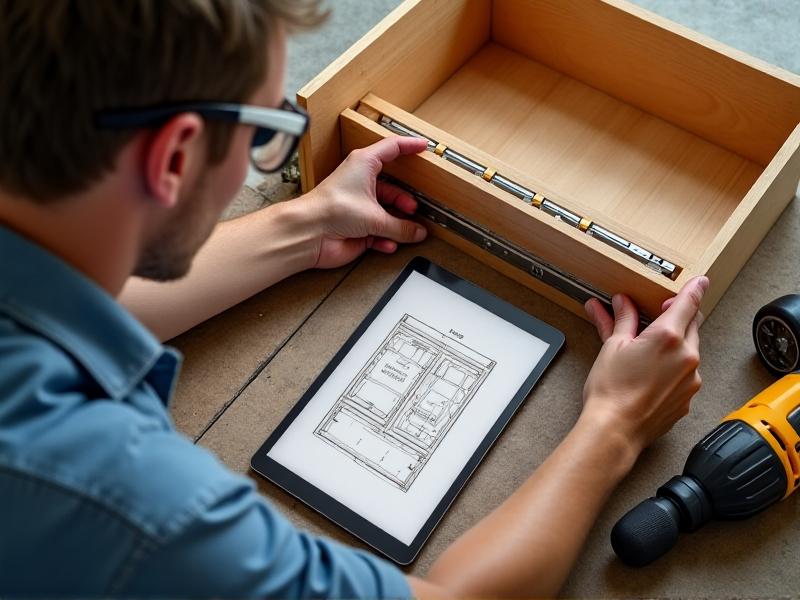
Environmental Impact and Waste Management Efficiency
Slide-out systems encourage better waste sorting habits through dedicated compartments, directly contributing to higher recycling rates. Compact designs reduce plastic bag usage compared to larger standalone bins. Many models now include compost containers with charcoal filters, diverting organic waste from landfills. By centralizing waste disposal points, these systems minimize accidental litter and simplify municipal collection processes. Manufacturers are responding with recycled materials—look for bins made from post-consumer plastics or sustainably sourced wood veneers. The reduced footprint also aligns with tiny home and urban apartment trends where every square inch counts.
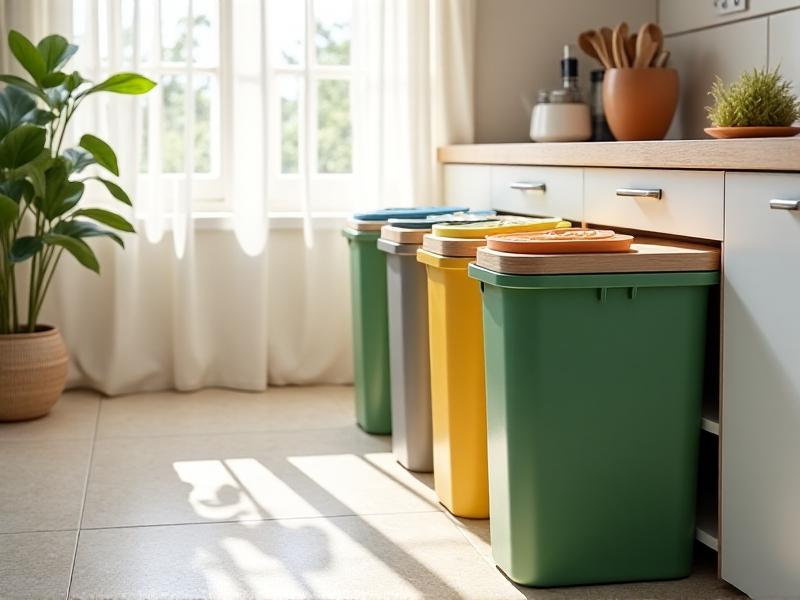
Common Integration Mistakes to Avoid
One frequent error is underestimating clearance space—the bin needs room to fully extend without hitting adjacent appliances or doors. Overloading compartments strains drawer slides, leading to premature wear. Avoid placing units directly beneath sinks where moisture accumulates; opt for sealed stainless steel models if unavoidable. Another pitfall is neglecting ergonomics: bins should pull out effortlessly at waist height rather than requiring deep bends. Lastly, match the bin capacity to household needs; oversized units in small kitchens create storage inefficiencies. Always consult manufacturer specifications for weight limits and maintenance requirements.
Maintenance Practices for Long-Term Performance
Regular upkeep extends the life of slide-out systems. Monthly cleaning with a vinegar-water solution prevents bacterial growth and odor buildup in plastic bins. Lubricate metal tracks with food-grade silicone spray every six months to maintain smooth operation. Check for loose screws in drawer slides during seasonal deep cleans. Replace worn-out gaskets around composting compartments to contain smells. For homes with pets, consider adding childproof locks to deter curious paws. Always empty bins before they overflow—weight sensors in smart models can alert users via smartphone when nearing capacity. These practices ensure hygienic conditions and prevent mechanical failures.
Innovations Shaping the Future of Trash Bin Integration
Emerging technologies are revolutionizing waste management systems. Voice-activated bins that open via Alexa commands are gaining traction, while built-in compactors reduce trash volume by 80%. Some luxury models now incorporate UV-C lights for automatic sterilization or Wi-Fi-enabled sensors that notify waste collection services when full. Modular designs allow users to swap compartments seasonally—for example, adding a gift-wrapping station during holidays. Sustainability innovations include algae-based biodegradable liners and solar-powered composter attachments. These advancements position slide-out systems as intelligent components of the modern smart home ecosystem.


